We will depart Windhoek early and start our journey to Namibia's spectacular North. We will have an overnight stop at Roy's Rest Camp. Here we will keep an eye out for Emerald-spotted Wood Dove, Cardinal Woodpecker, Green-winged Pytilia, European Golden Orioles, Golden-breasted Bunting, Meyer's Parrot, Willow Warbler, African Green Pigeons, Black-backed Puffbird, Brubru, Black-faced Babbler, Bradfield's Hornbill, Carp's Tit and many more. The grounds are also home to Dikdiks and Bushbabies.
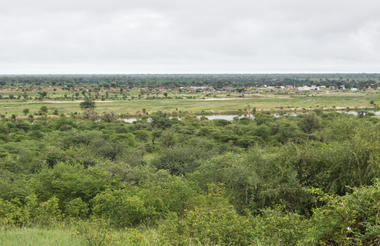
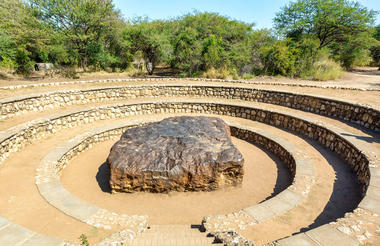
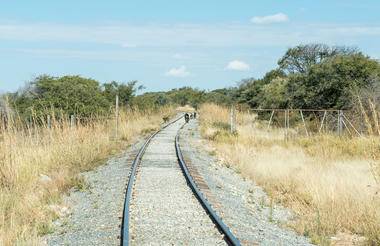
After some early-morning birding, we will continue North with birding stops en-route. Along the way the dry Mopane gradually gives way to tropical palm savannah and finally a climax teak forest which closely resembles the miombo woodlands further north in Africa and indeed harbours a rather similar avifauna. South of Rundu we will enter a different biome with broad-leafed woodland and it is here that the real birding begins and the ideal habitat for Rufous-bellied Tit, Tinkling Cisticola, Kurrichane Buttonquail, African Golden Oriole, African Yellow White-eye and Southern Black Tit and Dark Chanting Goshawk. We will eventually reach Rundu on the Kavango River where we lodge for the night. Late afternoon the calls of Coppery-tailed and Senegal Coucals can be heard as well as many other species such as Hartlaub’s and Arrow-marked Babbler, White-browed (Heuglin’s) Robin Chat, and White-Browed Scrub Robin. Along the river we should find Pied, Giant and Malachite Kingfishers as well as Little and Southern Carmine Bee-eaters.



After an early breakfast we will do some birding at the Rundu Sewerage Works. From there we will continue to the Okavango River towards Mahango Game Reserve where we will not only see new birds, but also several new game species. We will stop en-route and try our luck with the Souzas Shrike.



We will head into Mahango Game Reserve for the day. The park is home to a range of habitats, from open water, floodplains and swamps to dry, dense and broad-leafed woodland. This mixture of habitats means that the park attracts over 410 different species of birds in an area less than 25,000 hectares. The woodland area is home to Swainson’s and Red-billed Spurfowls and Meve’s Starling. Along the floodplains visitors will encounter the endangered Wattled Cranes and Slaty Egret. Bee-eaters including the Carmine, Blue-cheeked, Swallow-tailed and Little Bee-eaters.
Other species to look out for are African Barred Owl, Crested Barbet, Bearded and Bennett’s Woodpeckers, Grey-hooded (Chestnut–bellied) Kingfisher, African Fish Eagle, Western-Banded Snake-Eagle, Spotted-backed Weaver, Southern Brown-throated and Spectacled Weaver, Chirping Cisticola, Greater Swamp Warbler, White-backed Night Heron, Slaty Egret, Goliath Heron and Wattled Crane. African Elephant, Hippopotamus, Red Lechwe, Sable Antelope, Reedbuck and Tsessebe may also be seen here.
This afternoon we will embark on an afternoon birding boat cruise along the Okavango River.



We will enjoy a luxurious breakfast cruise on the Okavango River and depending on which species we still need will either head back into Mahango Game Reserve or we may decide to go birding in the Buffalo Core area



Today we travel through the West Caprivi to the Kwando River and should see several species of raptors including Dickinson’s Kestrel, Brown Snake-Eagle and Martial Eagle. We will arrive at our lodging early afternoon and will have plenty of time to scout the area hoping to find more for our list, by which time the numbers would have grown tremendously. We have an opportunity to see several wetland species which we may have missed in Mahangu. There are also species such as Racket-tailed Roller, Black Coucal and Rosy-throated Longclaw to search for.
This afternoon we will embark on another glorious birding boat cruise along the Kwando River.

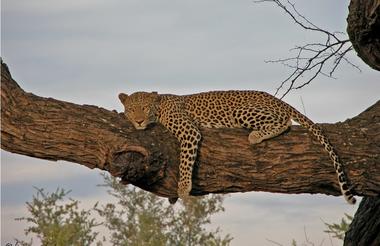
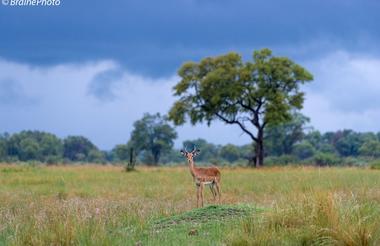
We drive eastwards to Katima Mulilo birding along the way. Here we will bird in the riverine woodlands of the Zambezi River in search of Schalow’s Turaco, Emerald Cuckoo, White-breasted and Black Cuckoo-shrike, Lizard Buzzard, Ovambo Sparrowhawk, African Goshawk and with luck Ayres’s Hawk- Eagle. The wetlands at the local sewerage works often deliver Pygmy Goose, African Rail and Baillon’s Crake and with some luck a Rufous-bellied Heron.
During the late afternoon we will do a sunset birding boat cruise, which will take us past the spectacular breeding colonies of the Carmine Bee-eaters.



After breakfast and a morning boat cruise we will spend the rest of the day birding in the Eastern Floodplains targeting Rosy-throated Longclaw, Yellow-throated Sandgrouse, Shelly's Sunbird, Slaty Egret, Rufous-bellied Heron, Black Coucal and various Bee-eater and Cisticola species. We will also do our best to find any species that we may have dipped on.



Our guide will depart Katima Mulilo early this morning and return to base. We will arrange transfers from here to your point of departure.


